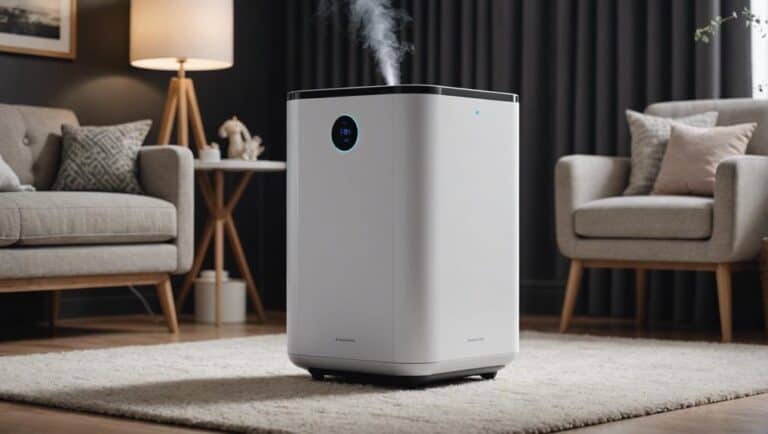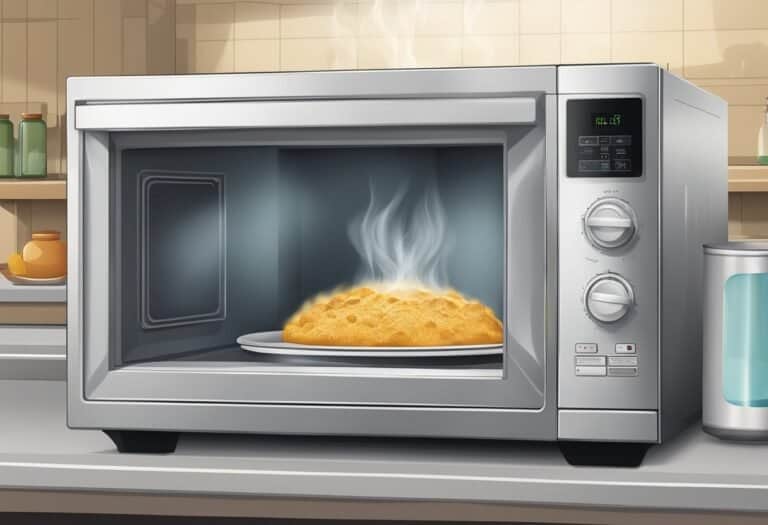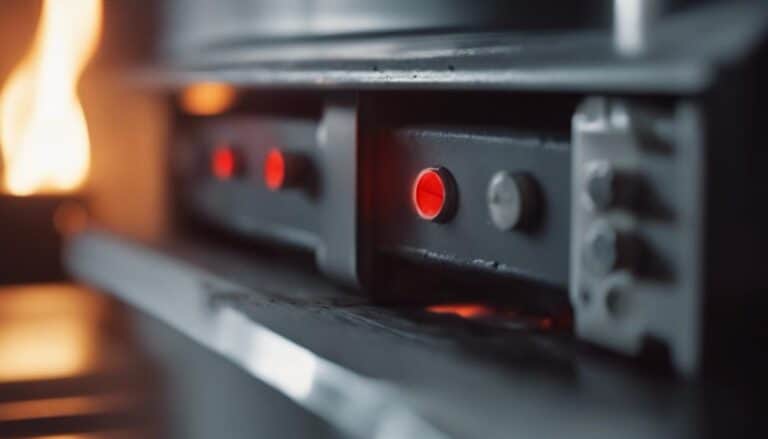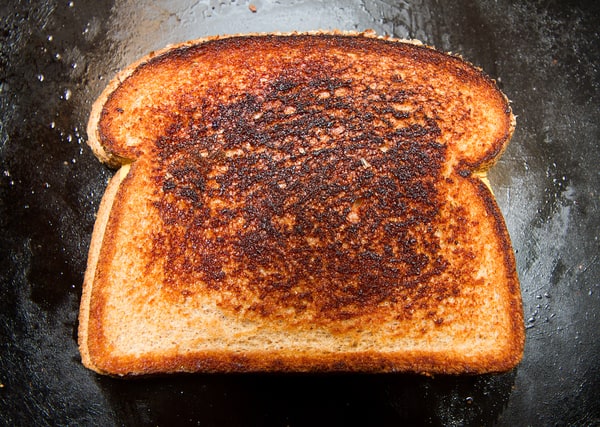Beat the Heat: Expert Tips for Keeping Upstairs Cool During Summer Months
As summer months approach, so does the scorching heat that can make even the most comfortable home feel like an oven. Keeping upstairs rooms cool during peak heat periods can be a challenging task for homeowners looking to avoid astronomical energy bills. However, with the right strategies and techniques in place, it is possible to beat the heat and keep your upstairs space habitable without breaking a sweat or bank account. In this article, we present expert tips on how to stay cool and comfortable when facing excessive summer heat while keeping energy costs at bay.
Understanding the Science of Heat
Understanding the science of heat is crucial in effectively cooling a living space during sweltering summer months. Heat moves from hot to cold areas, and this natural process can have a significant impact on a home’s interior temperature. Therefore, it’s essential to understand how heat enters and leaves your house to keep upstairs cool efficiently.
Several factors contribute to indoor heat gains, such as sunlight through windows or warm air leaking into homes through cracks in doors or windows. There are several ways homeowners can combat these issues, including investing in energy-efficient insulation and air-sealing measures that improve energy efficiency.
In summary, comprehending the scientific principles of thermodynamics facilitates effective cooling within homes’ upper floors during summertime’s hottest days. Implementing proper insulation methods while minimizing opportunities for external temperatures infiltration help preserve comfortable temperatures without extraneous expenses on costly HVAC systems’ operation running all day long.
Insulating Your Home to Keep the Heat Out
Insulating your home is a great way to keep the heat out and maintain comfortable temperatures inside. One of the first steps is to evaluate your windows. If they are old or inefficient, consider replacing them with energy-efficient ones. You can also add window film, which will block harmful UV rays while allowing natural light in.
Another effective method for insulating your home is adding weather stripping around doors and windows to prevent hot air from seeping in. Attic insulation can also make a significant difference in keeping upstairs rooms cooler during summer months. According to Energy.gov, attic insulation should have an R-value (a measure of thermal resistance) of at least R-38 for most homes.
Overall, taking these measures can reduce energy consumption and save money on electricity bills while ensuring that you remain comfortably cool even as the mercury soars outside.
Maximizing Airflow to Keep Your Upstairs Cool
Maximizing airflow can greatly improve the cooling efficiency of your upstairs space. One effective way to achieve this is by opening windows and doors at opposite ends of your house, allowing a cross-breeze to circulate throughout the area. Additionally, using ceiling fans or portable fans can help move air around and create a refreshing breeze that keeps you cool.
Another option for maximizing airflow is investing in an attic fan or venting system that helps draw hot air out of your home. This prevents it from getting trapped in your upstairs space and creating pockets of stagnant, hot air. It’s also important to ensure there are no obstructions blocking air vents or ducts throughout your house; check regularly to make sure these areas remain clear so cool air can flow freely and evenly throughout the space. With these strategies in place, you’ll be able to beat the heat while keeping energy bills under control during summer months!
The Benefits of Fans and Ventilation Systems
One effective way of keeping upstairs rooms cool during the summer months is through the use of fans. Fans create a constant flow of air which increases evaporation, helping to keep you feeling cooler. They also don’t consume as much energy as cooling systems such as air conditioners, making them a more cost-effective option for homeowners.
In addition to fans, installing ventilation systems can provide even greater benefits in regulating indoor temperature and improving air quality. A good ventilation system circulates fresh outdoor air into your home while extracting stale indoor air outwards, creating efficient airflow that helps regulate temperatures throughout your living space. This not only keeps you cool and comfortable but also reduces humidity levels and eliminates unpleasant odors from trapped toxins or pollutants.
Overall, the installation of fans and ventilation systems can make it easier for homeowners to stay cool during the summer months without breaking their budget while enhancing their overall quality of life by ensuring good indoor conditions year-round.
Installing Energy-Efficient Windows and Shades
Installing energy-efficient windows and shades is a great way to keep your upstairs cool during the summer months. Energy-efficient windows prevent heat from entering your living spaces while shading devices block out sunlight, which also lowers indoor temperatures. Installing well-insulated double-pane or triple-pane glass in a window frame minimizes heat transfer, making it easier for you to regulate the temperature inside. This type of insulation adds an additional barrier between outside air and the home’s interior environment.
Energy-saving shading devices are another way to control unwanted solar radiation indoors through light filtering. Shades made with reflective materials can be effective for reflecting ultraviolet rays back outside while using less electricity compared to traditional blinds or drapes that don’t offer UV protection. Different types of shading strategies work better depending on location and specific room requirements but generally speaking; these efforts all contribute significantly towards reducing dependence on artificial cooling systems – saving money on utility bills by lowering energy usage- even as temperatures rise outside!
By installing energy-efficient windows and shades, homeowners can avoid exorbitant energy bills in their attempt to keep upstairs rooms cool in summer months. These solutions provide practical methods for controlling indoor temperature without relying solely on cooling systems such as air conditioners that use significant amounts of electricity leading to high costs in return. With careful consideration before installation individual needs taken into account, this approach leads not only improved comfort levels but cost savings too – becoming both conscience-friendly while cutting expensive bills further down the line where factors contributing to carbon emissions like human-made climate change should no longer be ignored either!
Smart Thermostats: The Ultimate Cooling Solution
As homeowners look for ways to keep their upstairs rooms cool during the hottest months of summer, smart thermostats have become a popular solution. These innovative devices allow users to control the temperature of their homes remotely, adjusting settings from anywhere using a smartphone or tablet. Smart thermostats also help save energy by learning your schedule and preferences, adapting accordingly to optimize cooling while minimizing waste.
In addition to remote control and advanced scheduling capabilities, many modern smart thermostats come equipped with state-of-the-art sensors that can detect when occupants are present in specific areas of the house. This allows for even more precise temperature regulation in those spaces, reducing costs without sacrificing comfort. With all these benefits and more on offer, it’s no wonder why smart thermostats have become the ultimate cooling solution for savvy homeowners looking to beat the heat this summer.
Alternative Cooling Methods: From Ice Packs to DIY Air Conditioners
Alternative cooling methods offer homeowners effective and affordable ways to keep their homes cool during hot summer months. One option is using ice packs placed strategically around the home, such as in front of a fan or near windows where the sun shines brightest. Another solution is creating a DIY air conditioner with items like a refrigerator coil, fan, bucket, and ice.
Another innovative method gaining popularity is evaporative coolers or swamp coolers which utilize water to produce cooler air without utilizing traditional refrigerants or compressors. These systems are particularly suited for arid climates; they work by pulling hot outdoor air through moistened pads situated on the sides of these units where evaporation occurs creating cooler but still humid air before forcing it indoors via ducts. Overall alternatives provide practical solutions that don’t necessarily require large energy consumption while keeping your living space comfortable throughout the season.







One Comment